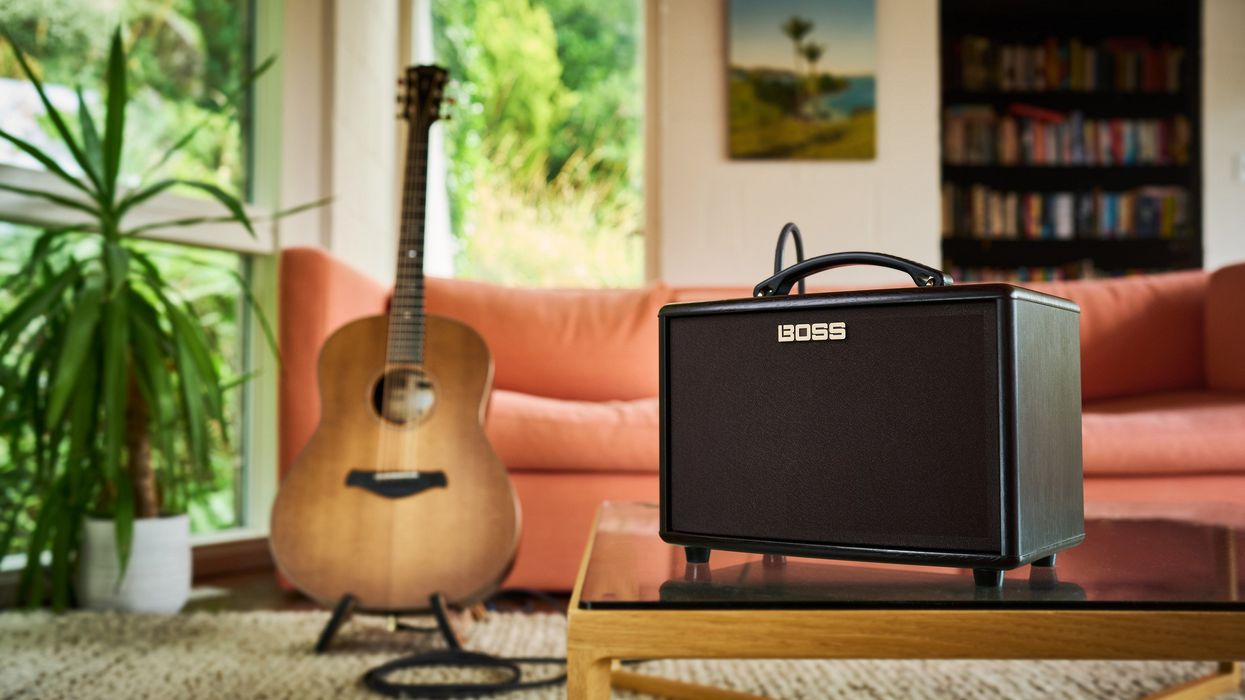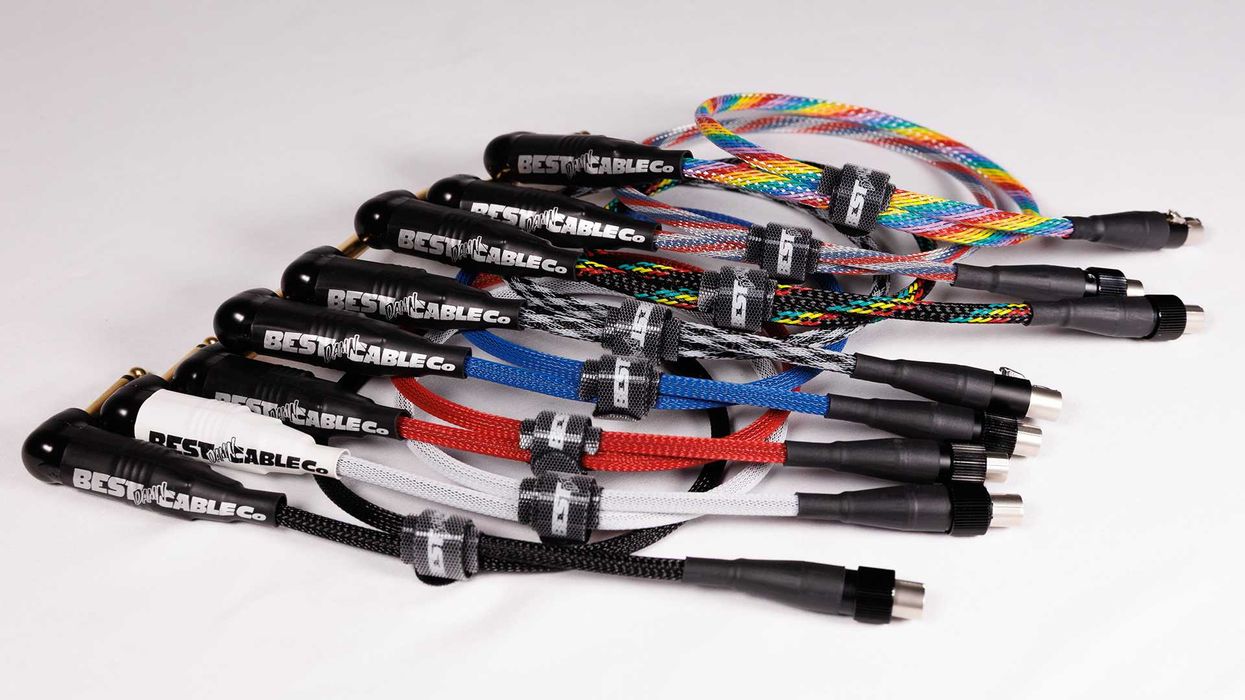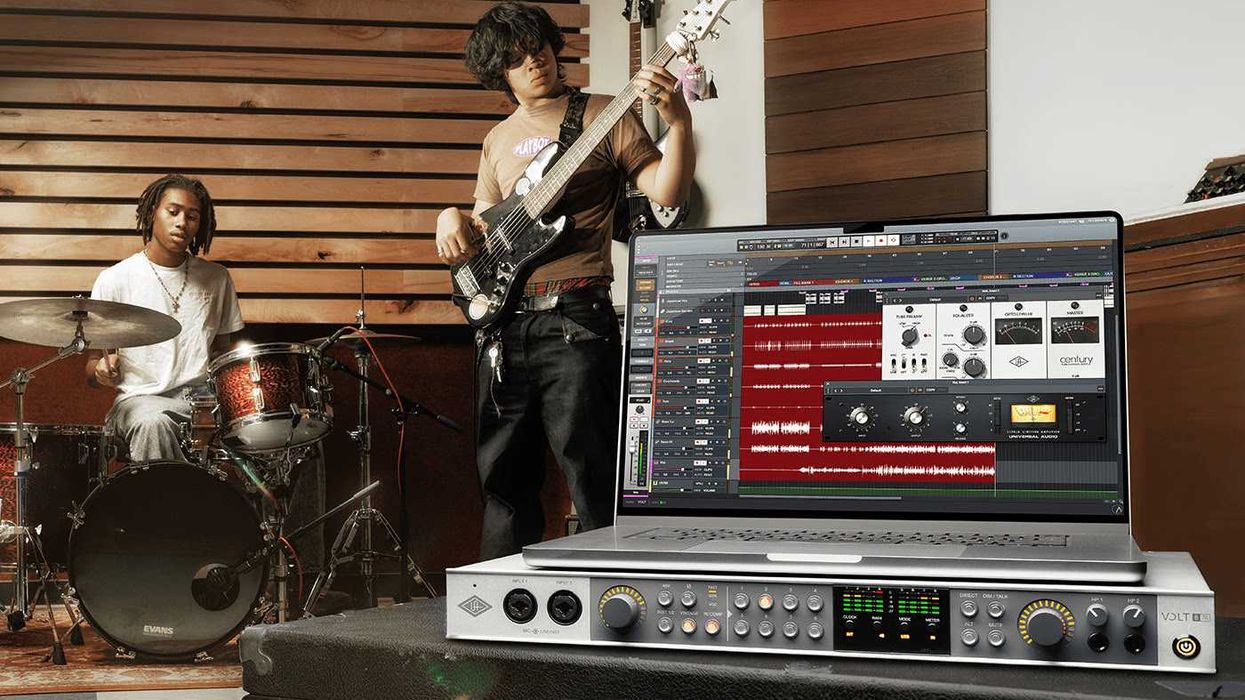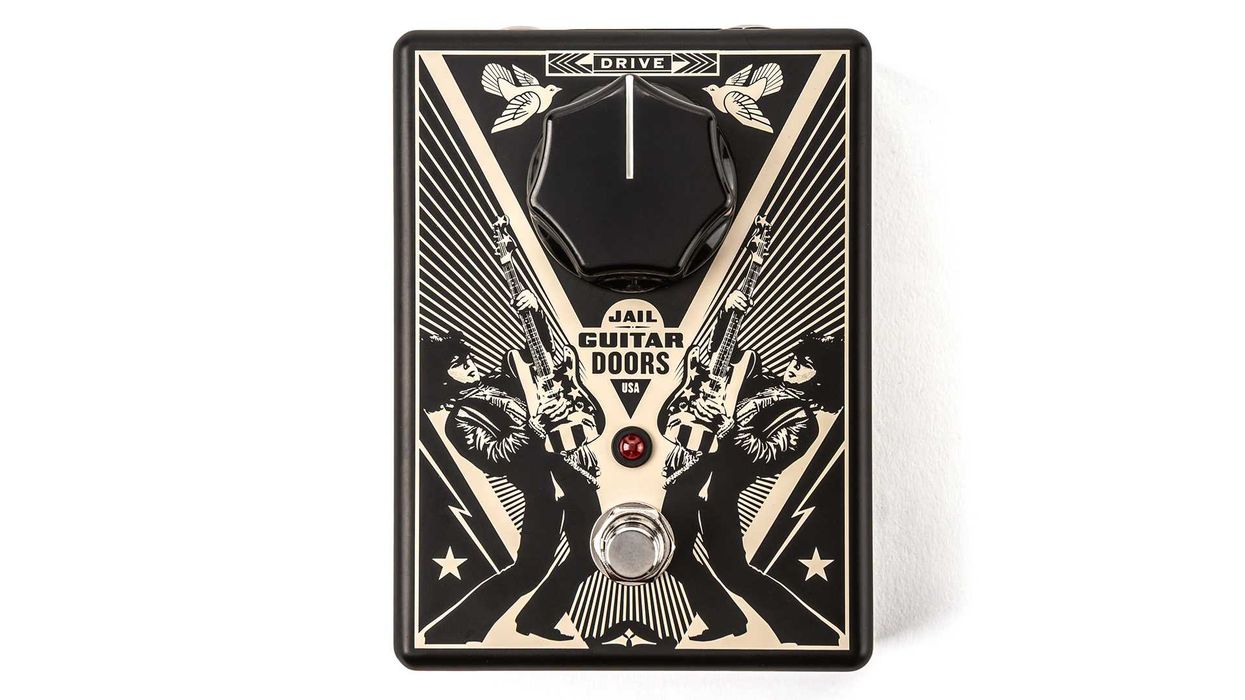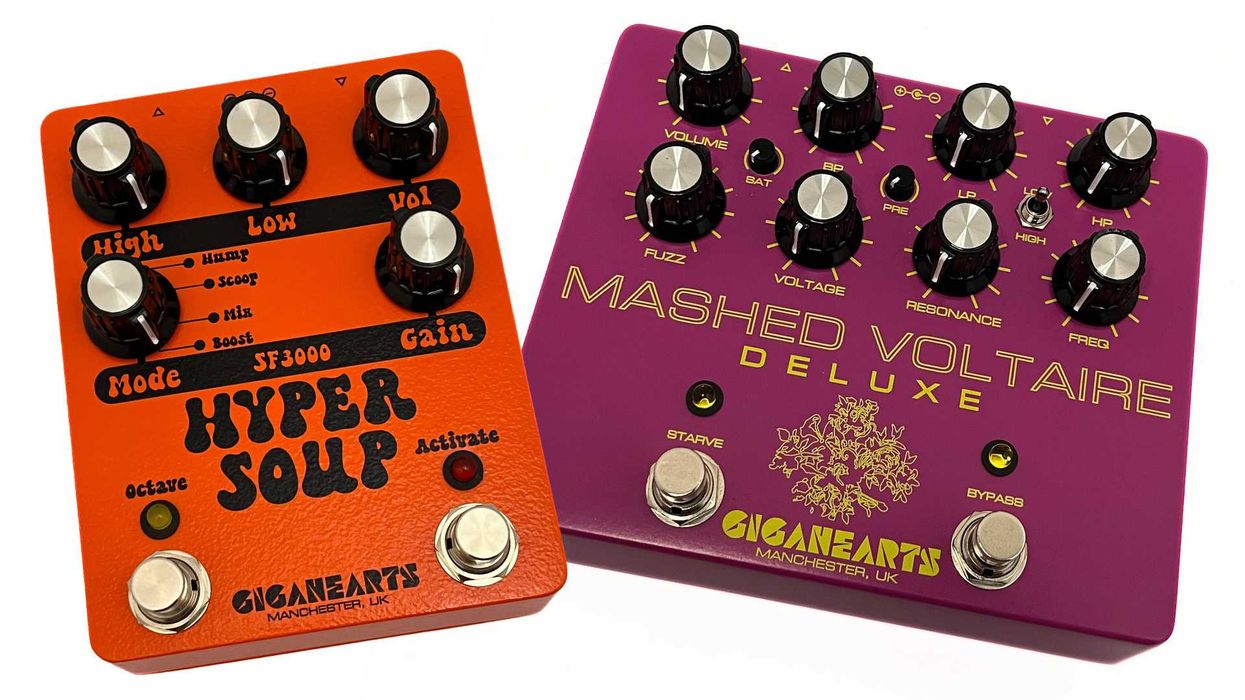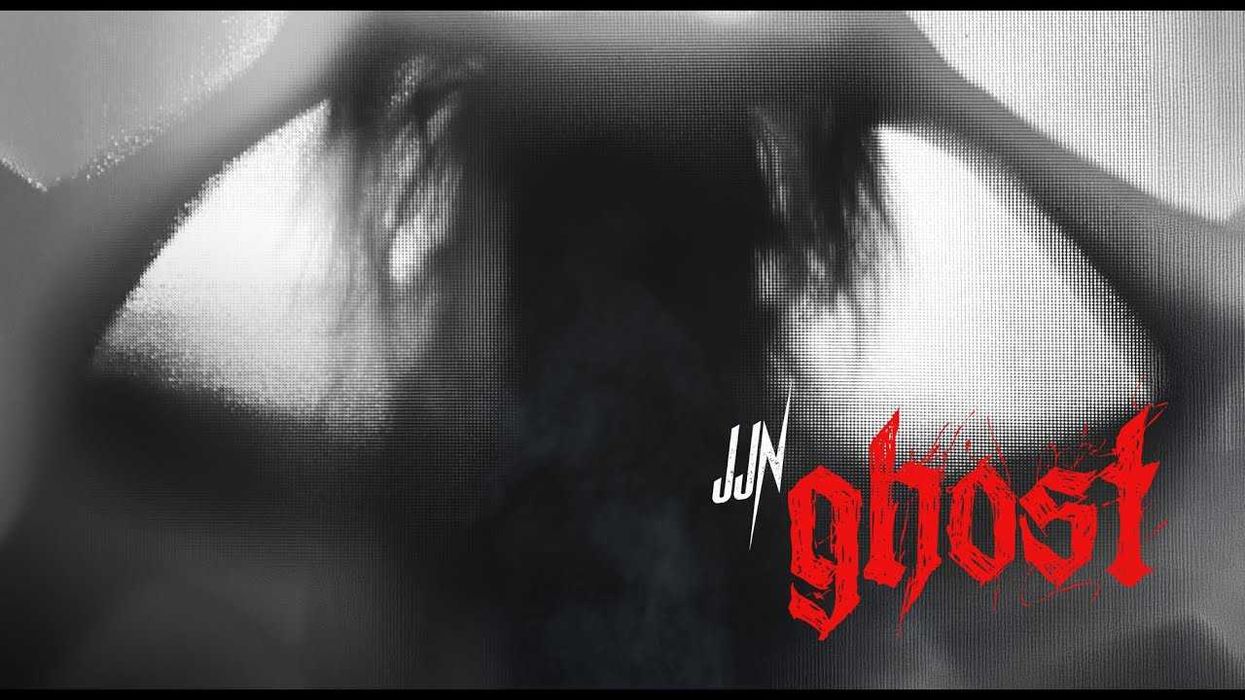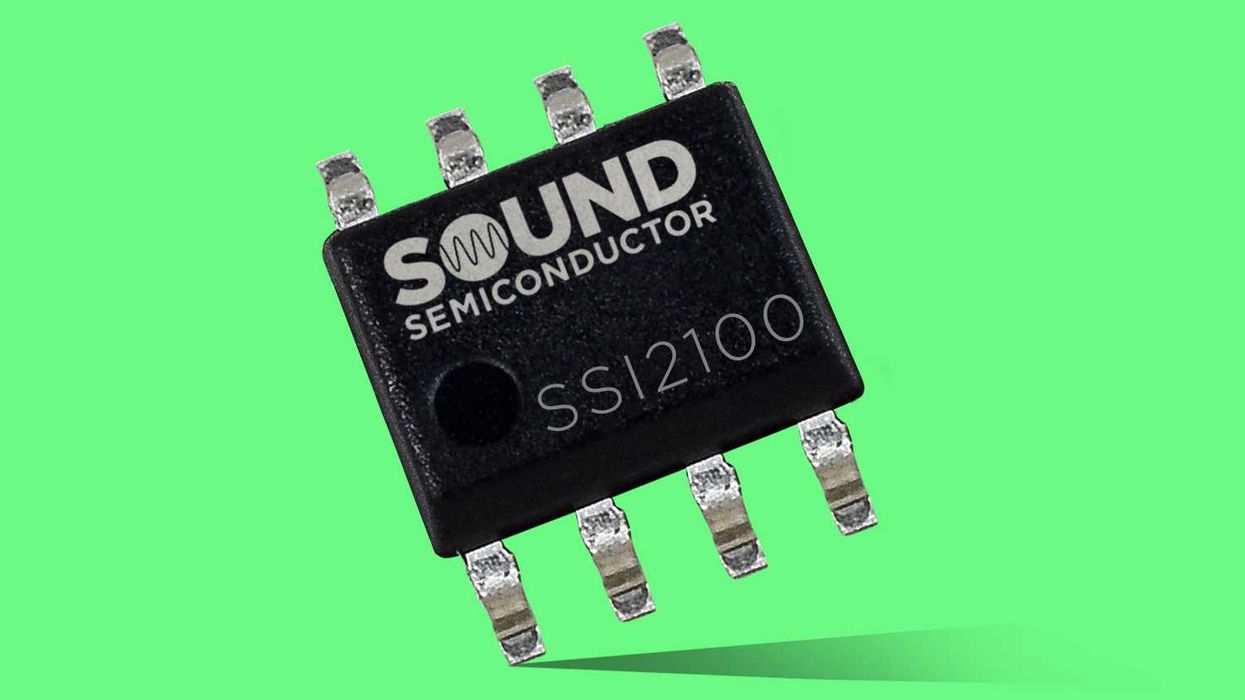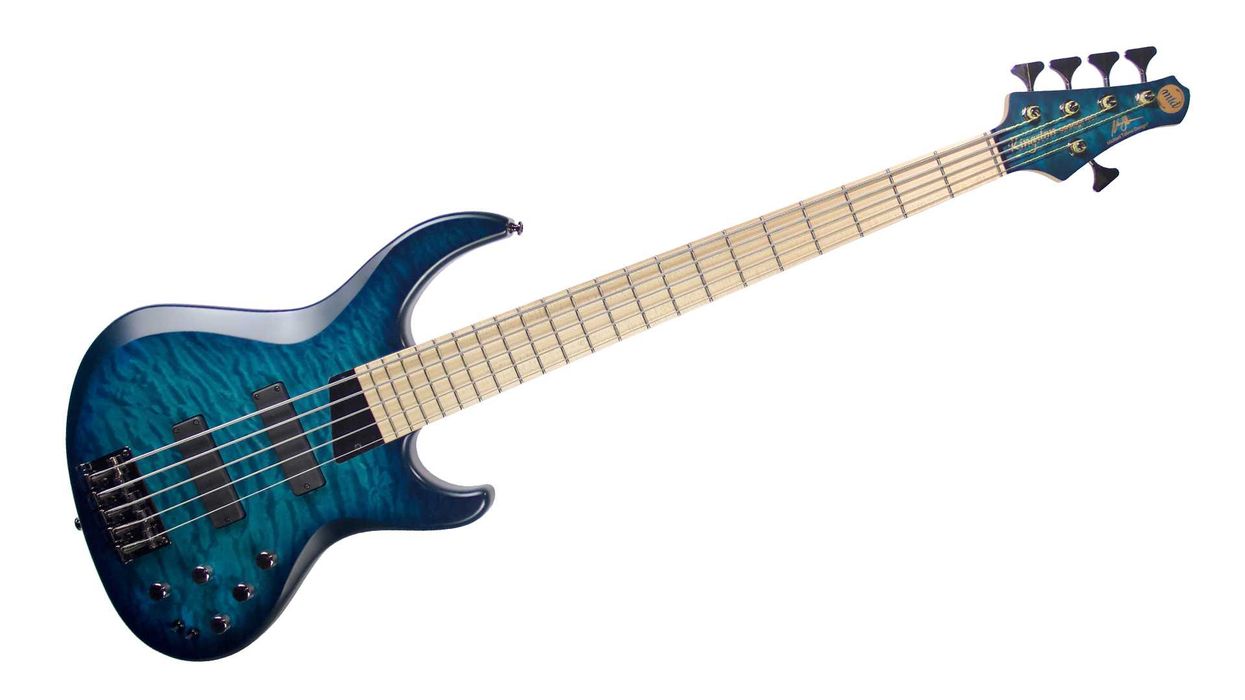Boss announces the AC-22LX Acoustic Amplifier, a compact, 10-watt stereo amplifier for pickup-equipped acoustic stringed instruments.
The AC-22LX presents a new concept in acoustic amplification, delivering a full-immersion playing experience realized through advanced BOSS Air Feel technology. Air Feel breathes life into the dry, sterile sound of standard acoustic instrument pickups, recreating the detailed tones captured by stereo acoustic microphone setups in world-class studio settings. From acoustic-electric guitar to ukulele, violin, banjo, and other stringed instruments, the AC-22LX and Air Feel deliver the ultimate personal amplification experience for serious acoustic players.
Many elements contribute to the rich, complex sound of acoustic stringed instruments, including the soundboard, body resonances, and more. In recording situations, stereo microphone setups are used to capture this combined sound along with the surrounding room ambiance. Unfortunately, instrument microphones are impractical for most amplified playing situations due to feedback and other issues. Air Feel erases these limitations, bringing authentic studio microphone sound to acoustic amplification for the first time.
Born of intensive Boss sound research and advanced processing technologies, Air Feel transforms a standard acoustic pickup’s sound with richness and dimension never possible until now. Players can plug in and enjoy their instrument’s natural acoustic character at performance volumes—without the need for microphones and audio engineering skills. Easily accessible via a panel knob on the AC-22LX, multiple Air Feel settings recreate the immersive sound of classic stereo microphone techniques, including XY, AB, ORTF, and mid-side.
The AC-22LX’s compact and attractive cabinet is equipped with two custom twin-cone speakers, providing expansive stereo tones for home playing. Along with Air Feel, the Guitar/Instrument channel features a three-band EQ plus reverb and combined reverb/chorus effects. The Mic channel supports an XLR vocal microphone and includes selectable phantom power, two-band EQ, and a dedicated reverb for independent processing. With 15 onboard memories, users can save setups for different songs and instruments. The AC-22LX Editor (macOS/Windows/iOS/Android) provides even deeper control with the ability to change reverb types, access effect parameters, and more.
The AC-22LX also includes a Rhythm Box feature to enhance practice sessions and live performances. Five instrument types include percussion and drum set sounds, all infused with BOSS spatial technology that fills the surrounding space with vibrant rhythmic energy. There are 15 onboard patterns, which users can customize with 119 variations in the AC-22LX Editor.
With its versatile analog and USB connectivity, users can send the AC-22LX’s sound output to a PA system, recorder, or live streaming application, complete with Air Feel processing and spatial rhythm tones. The analog line output supports mono or stereo operation, while the USB connection has a convenient Loopback function for monitoring sounds from a computer.
There are a variety of available options to extend the AC-22LX experience. A rear-panel jack supports up to two footswitches, providing access to rhythm start/stop, control of the onboard looper, and other assignable functions in the AC-22LX Editor. Installing the Bluetooth® Audio MIDI Dual Adaptor unlocks even more possibilities through wireless connectivity, including the ability to stream and play along with music from a mobile device, adjust settings via the iOS/Android version of the editor, and more.
The new AC-22LX Acoustic Amplifier is available now at authorized Boss retailers for $399.99.
For more information, please visit boss.info.
